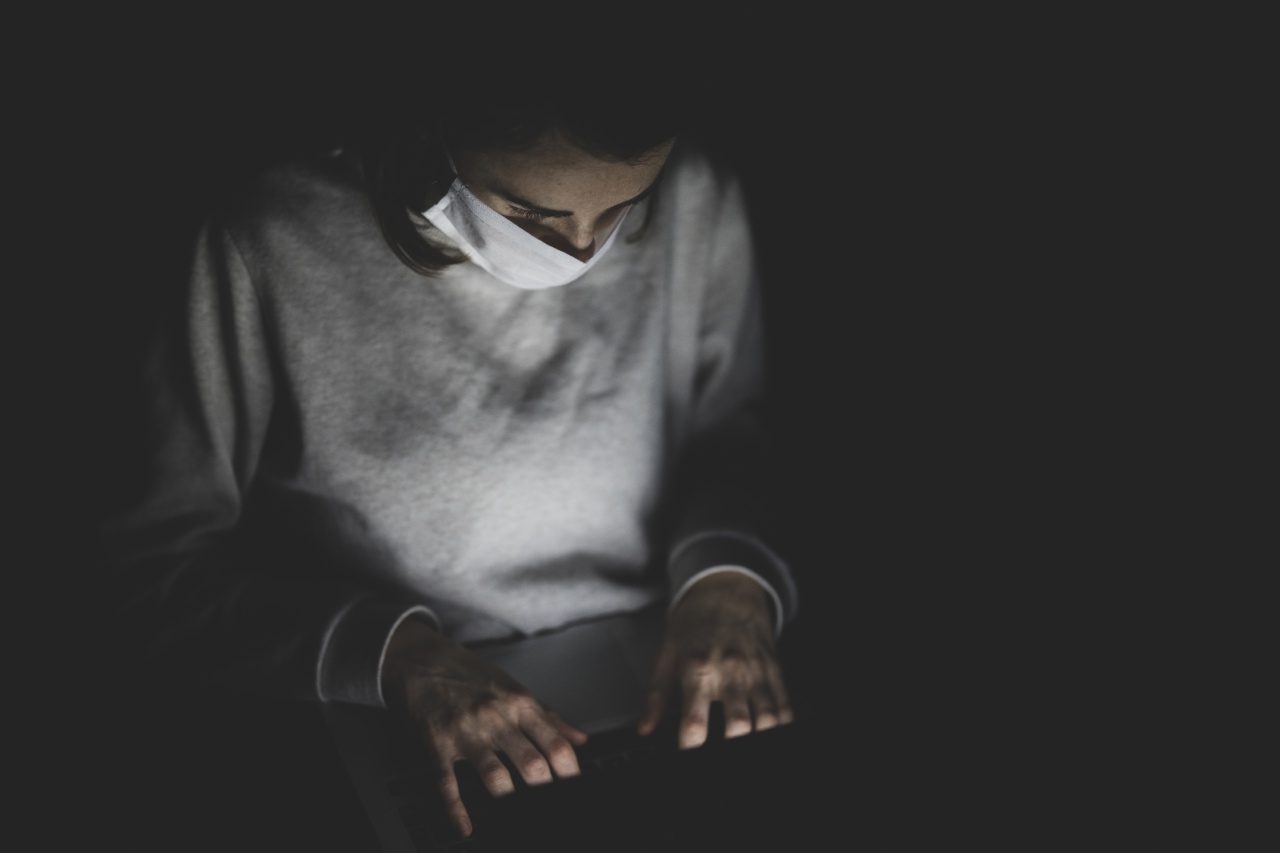Light is a fundamental aspect of our daily lives, and it is crucial for our health and well-being. The sun is the primary source of light, and it provides us with the necessary energy for life.
However, too much exposure to light can cause harm to our bodies, leading to different chronic diseases. This article discusses the connection between light exposure and chronic diseases, the different types of light, and ways to prevent and manage chronic diseases that relate to light exposure.
Types of Light
Light is composed of different wavelengths that determine the color and brightness of the light. Some types of light are beneficial to our bodies, while others can cause harm. The following are the types of light:.
Ultraviolet (UV) Light
UV light has a shorter wavelength than visible light and can cause damage to our skin, eyes, and immune system. Exposure to UV light can cause sunburn, aging, skin cancer, and cataracts.
UV light is present in sunlight, tanning beds, and black light sources.
Visible Light
Visible light is the range of wavelengths that we can see with our eyes, and it is essential for our visual perception. However, too much exposure to bright light can cause eye strain, fatigue, and headaches.
Blue Light
Blue light is a type of visible light that has a shorter wavelength than other colors. It is present in sunlight, digital screens, and LED lights.
Exposure to blue light can disrupt our circadian rhythms, leading to sleep disorders, mood changes, and chronic diseases such as diabetes, obesity, and cardiovascular diseases.
Infrared (IR) Light
IR light has a longer wavelength than visible light, and it is mainly responsible for heat radiation. Exposure to IR light can cause skin burns and eye damage if the exposure is too intense.
Connection Between Light Exposure and Chronic Diseases
Light exposure is an essential factor that contributes to the development of chronic diseases. Exposure to UV light is associated with various skin cancers such as basal cell carcinoma, squamous cell carcinoma, and melanoma.
Prolonged exposure to UV light also causes premature aging of the skin, wrinkles, and sunspots.
Exposure to blue light from digital screens such as smartphones, laptops, and tablets can lead to sleep disturbances, affect the mood, and cause eye strain, especially when used at night.
Blue light exposure suppresses melatonin production, which is responsible for regulating sleep-wake cycles.
Chronic exposure to blue light is also associated with an increased risk of chronic diseases such as obesity, diabetes, and cardiovascular diseases.
Blue light affects the production of hormones such as insulin, which regulates blood sugar levels, and leptin, which regulates appetite and body weight. Blue light exposure also increases the risk of hypertension and atherosclerosis, which are common causes of cardiovascular diseases.
Preventing and Managing Chronic Diseases Associated with Light Exposure
Prevention is the best way to manage chronic diseases associated with light exposure. The following are some ways to prevent and manage chronic diseases:.
Limiting Exposure to UV Light
Limiting exposure to UV light is crucial in preventing skin cancers and premature aging.
The use of sunscreen with a minimum SPF of 30, protective clothing, and avoiding outdoor activities during peak hours are essential in limiting exposure to UV light. Tanning beds should also be avoided as they emit high levels of UV radiation.
Reducing Exposure to Blue Light
Reducing exposure to blue light is crucial in preventing mood changes, sleep disturbances, and chronic diseases. Some ways to reduce exposure to blue light include:.
- Wearing blue light blocking glasses
- Installing blue light-filtering apps on smartphones, laptops, and tablets
- Using warm light-emitting bulbs instead of cold white or blue light-emitting bulbs in the bedroom
- Reducing the use of digital screens before bedtime
- Getting enough natural exposure to sunlight during the day
Managing Chronic Diseases with Healthy Lifestyle Habits
Living a healthy lifestyle that includes regular physical activity, a healthy diet, stress management techniques, and getting enough sleep can help manage chronic diseases such as obesity, diabetes, and cardiovascular diseases.
Maintaining a healthy weight, controlling blood sugar levels, and managing blood pressure are essential in preventing and managing chronic diseases associated with light exposure.
Conclusion
Light exposure is an essential aspect of our daily lives, and too much exposure to different types of light can cause harm to our bodies, leading to various chronic diseases.
Reducing exposure to UV and blue light, and living a healthy lifestyle can help prevent and manage chronic diseases associated with light exposure.































